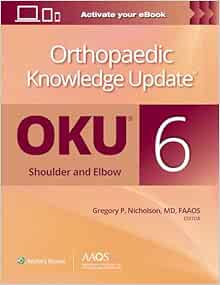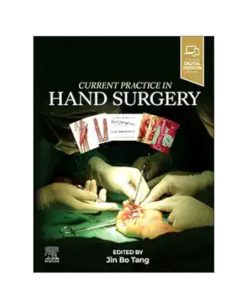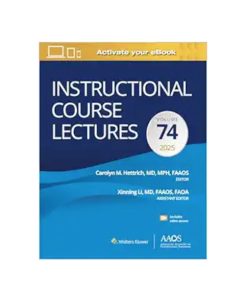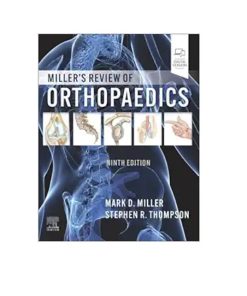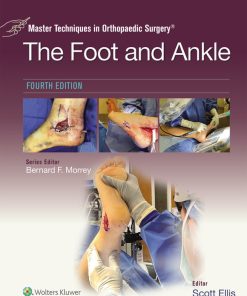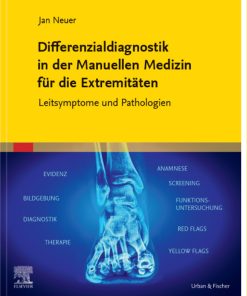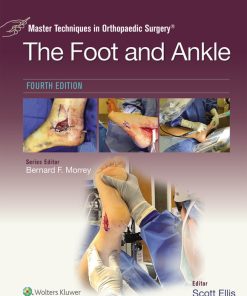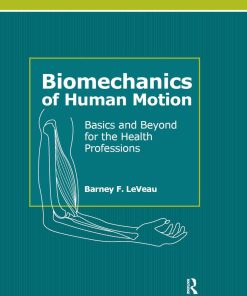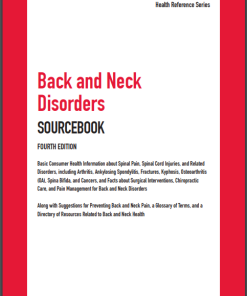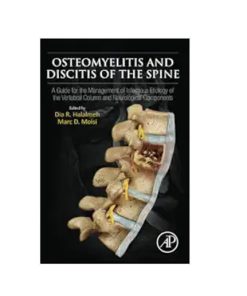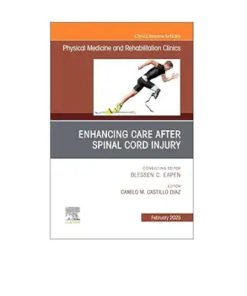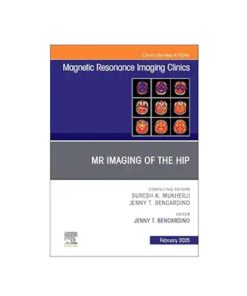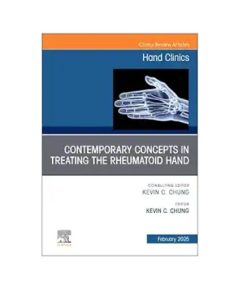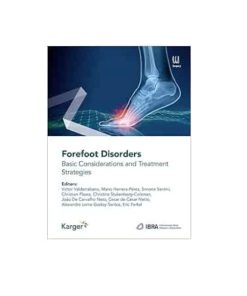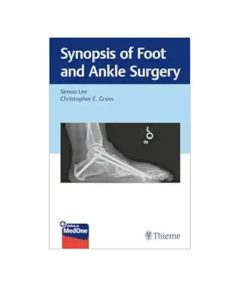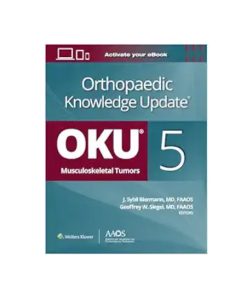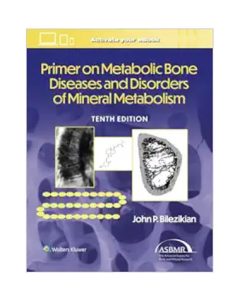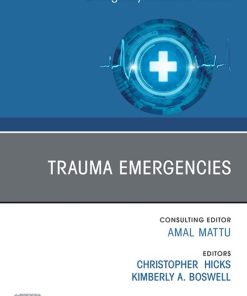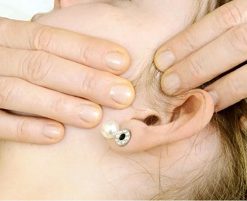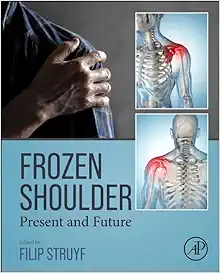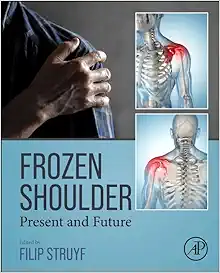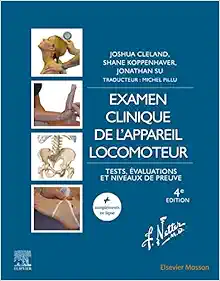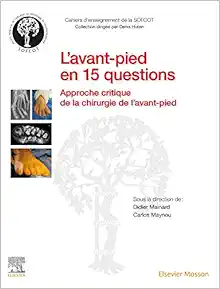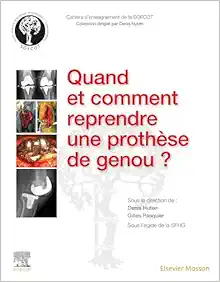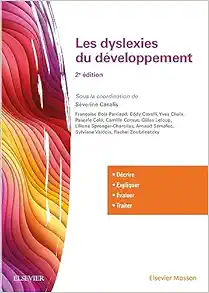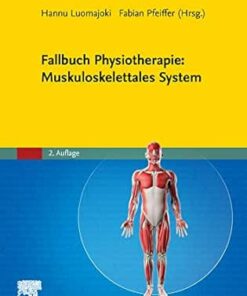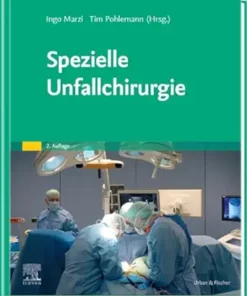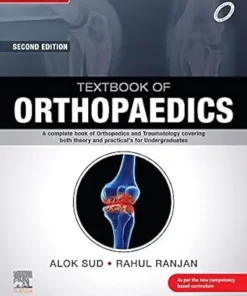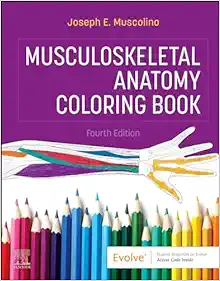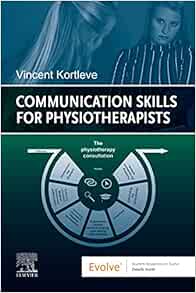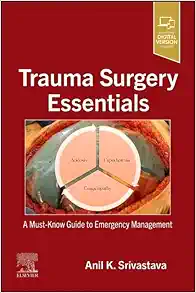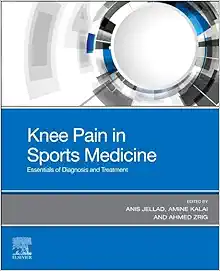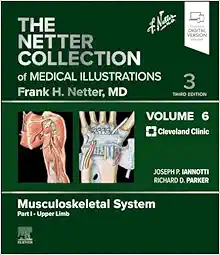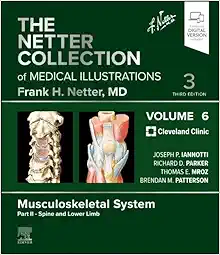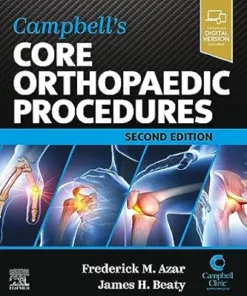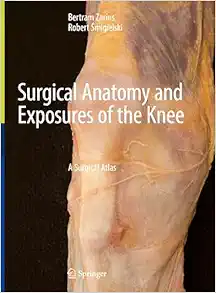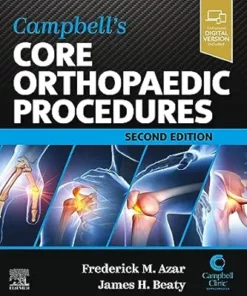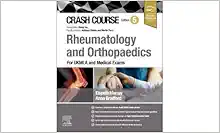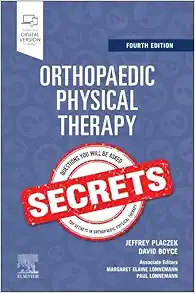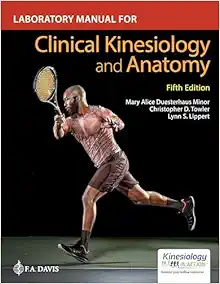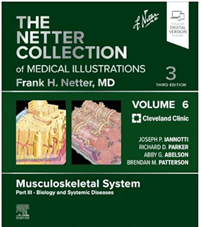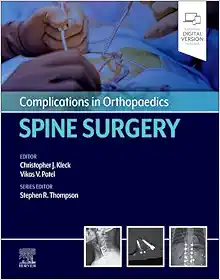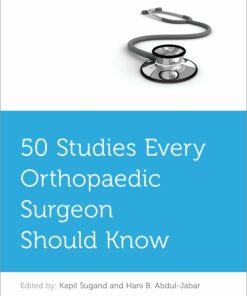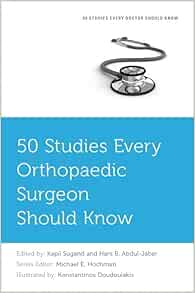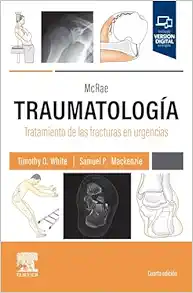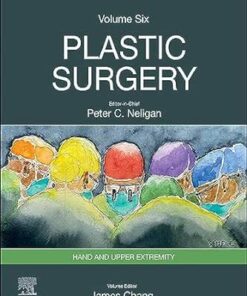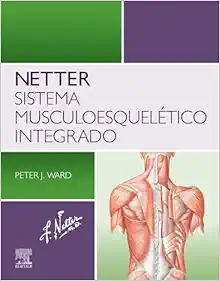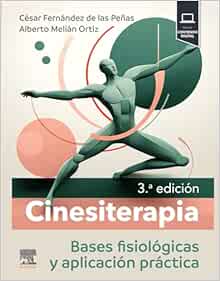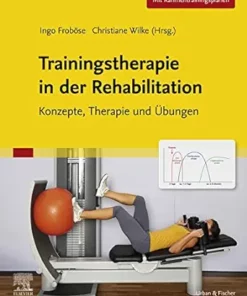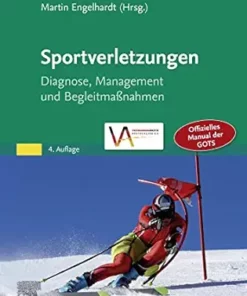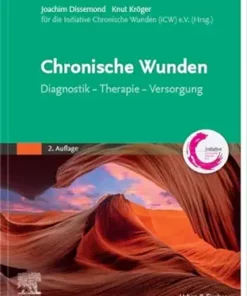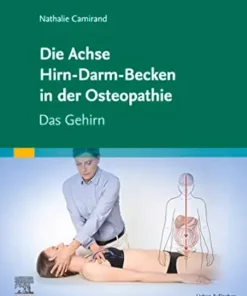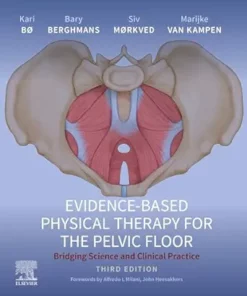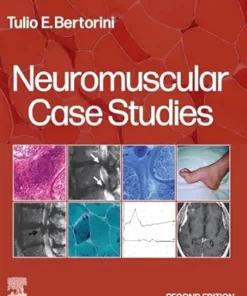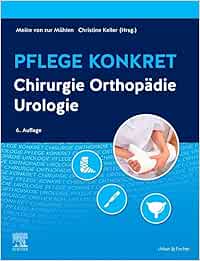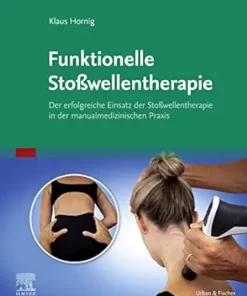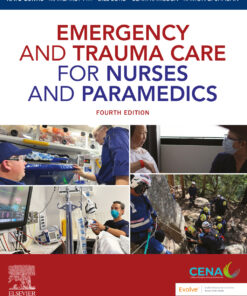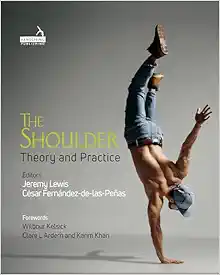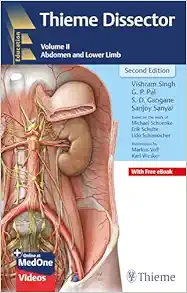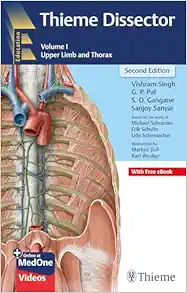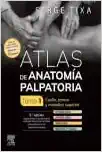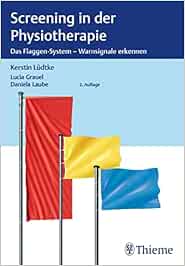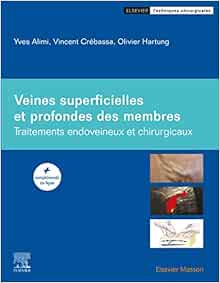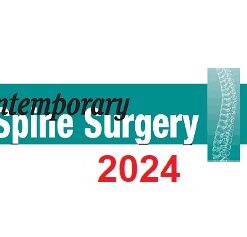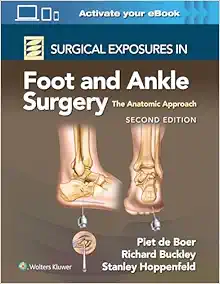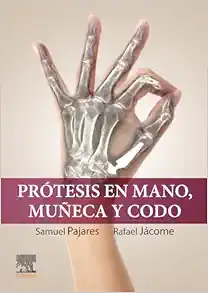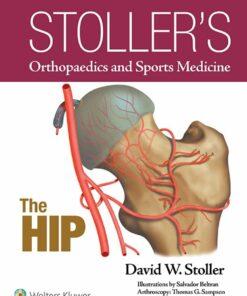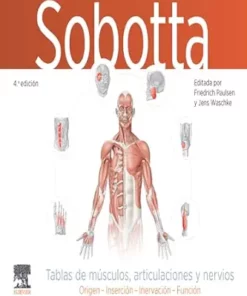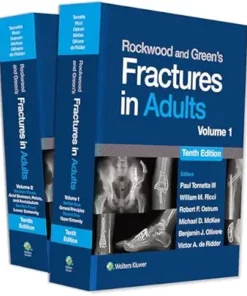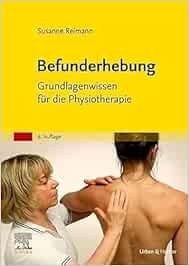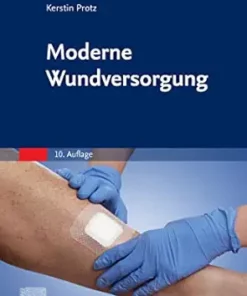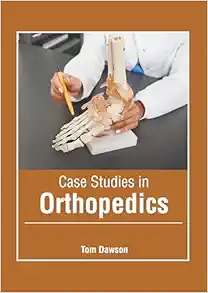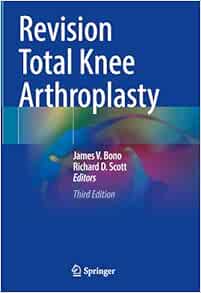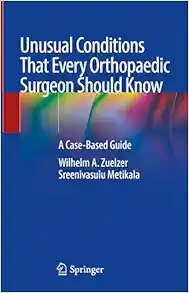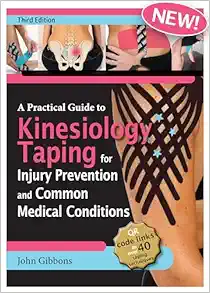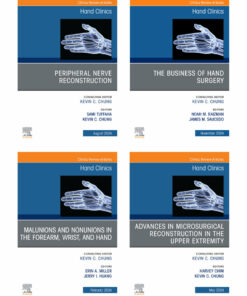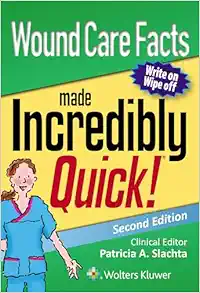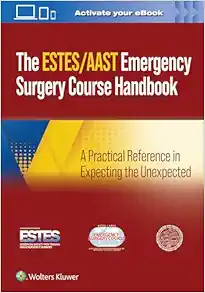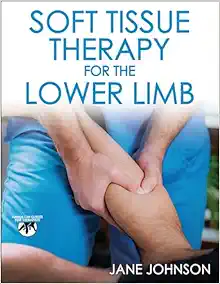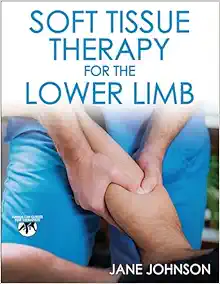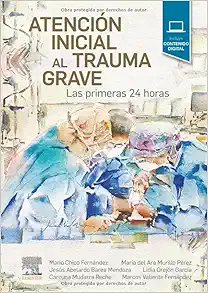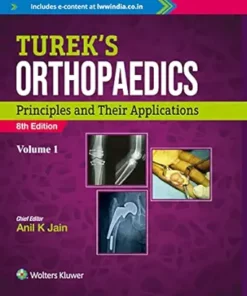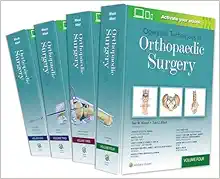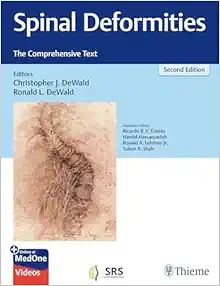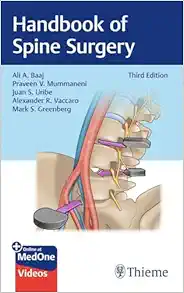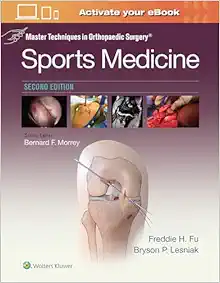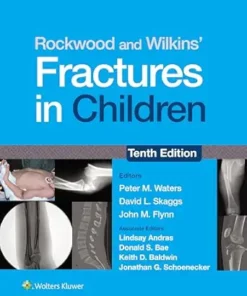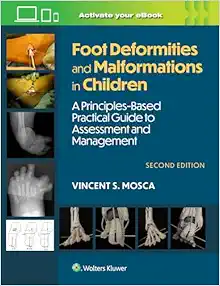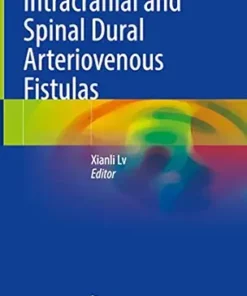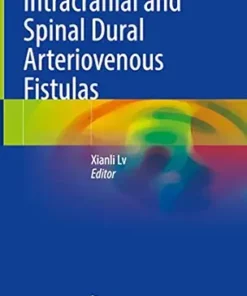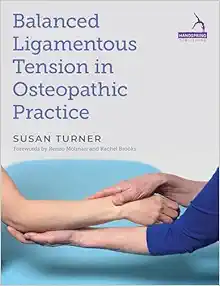OnExamination FRCS Trauma & Orthopedic (Updated Feb 2023)
$36
Format : PDF
File Size : 1.3 MB
OnExamination FRCS Trauma & Orthopedic (Updated Feb 2023)
Revise for your FRCS Trauma & Orthopedic exam with us is a comprehensive study guide designed to help students and professionals alike prepare for one of the most challenging medical exams. The guide includes over 430 practice questions that are mapped to the Royal College of Surgeons’ ISB Section 1 curriculum.
As you begin your journey towards becoming a certified surgeon, it is essential to have access to the right resources. Every question in this guide has been carefully crafted to ensure that it covers all the essential topics that you need to know. The guide is perfect for anyone who wants to revise their knowledge of orthopedics and trauma for the FRCS exam.
The guide utilizes both extended matching item (EMI) and single-best answer (SBA) practice questions that allow you to practice and test your knowledge. The questions are designed to be challenging and to mimic the types of questions you will encounter on the actual exam. Additionally, each question comes with a detailed explanation of the correct answer, ensuring that you not only remember the correct answer but also the supporting reasoning behind it.
As you continue through the guide, you will find that the questions become progressively more challenging, helping you to build your knowledge and skills in a structured and defined way. This makes it perfect for anyone who is struggling with certain aspects of the exam and wants to improve their confidence and exam-taking skills.
One of the most significant benefits of this guide is that it is mapped to the Royal College of Surgeons’ ISB Section 1 curriculum. This ensures that you are getting the most accurate and up-to-date knowledge possible, making the guide a valuable resource for anyone who wants to succeed in the exam.
Now, let’s take a look at one of the questions included in the guide.
With respect to ankle fractures, which of the following is correct?
A) 3 mm of talar shift leads to a decrease in tibiotalar contact by 50%
B) A medial clear space > 4 mm is indicative of a deltoid ligament injury
C) Concomitant osteochondral fractures of the talar dome are uncommon
D) Syndesmosis injuries can only occur with a Weber C type fracture of the lateral malleolus
E) The majority of fractures are due to a pronation external rotation injury
The correct answer is B. Normally, the medial clear space (between the talus and medial malleolus) should be less than 4 mm. When the medial space is greater than 4 mm, then a lateral shift of the talus is present. This is indicative of a deltoid ligament injury. The other options are incorrect. For example, 3 mm of talar shift actually decreases tibiotalar contact by 50%, but this is not the correct answer to the question.
In summary, Revise for your FRCS Trauma & Orthopedic exam with us is an invaluable resource for anyone taking the FRCS exam. It provides you with all the practice questions you need to study and prepare effectively and efficiently. The guide is mapped to the Royal College of Surgeons’ ISB Section 1 curriculum, ensuring that you’re learning relevant, accurate, and up-to-date information. If you’re looking for a way to improve your confidence, knowledge, and exam-taking skills, then this guide is a must-have. Order your copy now and take the first step towards success!
Product Details
Related Products
ORTHOPAEDICS SURGERY
ORTHOPAEDICS SURGERY
ORTHOPAEDICS SURGERY
ORTHOPAEDICS SURGERY
Master Techniques in Orthopaedic Surgery: The Foot and Ankle, 4th Edition (Videos)
ORTHOPAEDICS SURGERY
Master Techniques in Orthopaedic Surgery: The Foot and Ankle, 4th Edition EPUB
ORTHOPAEDICS SURGERY
ORTHOPAEDICS SURGERY
Synopsis of Foot and Ankle Surgery (Original PDF from Publisher)
ORTHOPAEDICS SURGERY
Orthopaedic Knowledge Update®: Musculoskeletal Tumors 5 (EPUB)
ORTHOPAEDICS SURGERY
Primer on the Metabolic Bone Diseases and Disorders of Mineral Metabolism, 10th edition (EPUB)
ORTHOPAEDICS SURGERY
TMJ Extremity Proficiency Product 2023 – ExtremityExperts (Videos)
ORTHOPAEDICS SURGERY
ORTHOPAEDICS SURGERY
Frozen Shoulder: Present and Future (Original PDF from Publisher)
ORTHOPAEDICS SURGERY
Quand et comment reprendre une prothèse de genou ? (French Edition) (True PDF from Publisher)
ORTHOPAEDICS SURGERY
Spezielle Unfallchirurgie (German Edition), 2nd Edition (True PDF from Publisher)
ORTHOPAEDICS SURGERY
Textbook of Orthopaedics, 2nd Edition (True PDF from Publisher)
ORTHOPAEDICS SURGERY
Musculoskeletal Anatomy Coloring Book, 4th Edition (True PDF from Publisher)
ORTHOPAEDICS SURGERY
Communication Skills for Physiotherapists (True PDF from Publisher)
ORTHOPAEDICS SURGERY
Trauma Surgery Essentials: A Must-Know Guide to Emergency Management (True PDF from Publisher)
ORTHOPAEDICS SURGERY
Complications in Orthopaedics: Pediatrics (True PDF from Publisher)
ORTHOPAEDICS SURGERY
Dupuytren’s Disease: A Scientific Review (True PDF from Publisher)
ORTHOPAEDICS SURGERY
Knee Pain in Sports Medicine: Essentials of Diagnosis and Treatment (True PDF from Publisher)
ORTHOPAEDICS SURGERY
Campbell’s Core Orthopaedic Procedures, 2nd Edition (True PDF from Publisher)
ORTHOPAEDICS SURGERY
Surgical Anatomy and Exposures of the Knee: A Surgical Atlas (Original PDF from Publisher)
ORTHOPAEDICS SURGERY
ORTHOPAEDICS SURGERY
Lower Extremity Proficiency Product 2023 – ExtremityExperts (Videos)
ORTHOPAEDICS SURGERY
CTS Extremity Proficiency Product 2023 – ExtremityExperts (Videos)
ORTHOPAEDICS SURGERY
Orthopaedic Physical Therapy Secrets, 4th Edition (True PDF from Publisher)
ORTHOPAEDICS SURGERY
Laboratory Manual for Clinical Kinesiology and Anatomy, 5th Edition (EPUB)
ORTHOPAEDICS SURGERY
Complications in Orthopaedics: Spine Surgery (EPUB + Converted PDF)
ORTHOPAEDICS SURGERY
ORTHOPAEDICS SURGERY
Plastic Surgery: Hand and Upper Limb, Volume 5, 5th Edition (True PDF from Publisher)
ORTHOPAEDICS SURGERY
Netter. Sistema musculoesquelético integrado (True PDF from Publisher)
ORTHOPAEDICS SURGERY
Evidence-Based Physical Therapy for the Pelvic Floor, 3rd Edition (True PDF from Publisher)
ORTHOPAEDICS SURGERY
Neuromuscular Case Studies, 2nd Edition (True PDF from Publisher)
ORTHOPAEDICS SURGERY
Pflege konkret Chirurgie Orthopädie Urologie, 6th Edition (True PDF from Publisher)
ORTHOPAEDICS SURGERY
Emergency and Trauma Care for Nurses and Paramedics, 4th Edition (True PDF from Publisher)
ORTHOPAEDICS SURGERY
ORTHOPAEDICS SURGERY
Thieme Dissector Volume 2: Abdomen and Lower Limb, 2nd Edition (Original PDF from Publisher)
ORTHOPAEDICS SURGERY
Thieme Dissector Volume 1: Upper Limb and Thorax, 2nd Edition (Original PDF from Publisher)
ORTHOPAEDICS SURGERY
Imagerie musculosquelettique traumatique (Original PDF from Publisher)
ORTHOPAEDICS SURGERY
Screening in der Physiotherapie, 2nd Edition (Original PDF from Publisher)
ORTHOPAEDICS SURGERY
ORTHOPAEDICS SURGERY
ORTHOPAEDICS SURGERY
Stoller’s Orthopaedics and Sports Medicine: The Hip (Original PDF from Publisher)
ORTHOPAEDICS SURGERY
Rockwood and Green’s Fractures in Adults, 10th edition (EPUB + Converted PDF)
ORTHOPAEDICS SURGERY
Moderne Wundversorgung, 10th Edition (German Edition) (True PDF from Publisher)
ORTHOPAEDICS SURGERY
Pflegewissen Wunden, 3rd Edition (German Edition) (True PDF from Publisher)
ORTHOPAEDICS SURGERY
ORTHOPAEDICS SURGERY
Revision Total Knee Arthroplasty, 3rd edition (Original PDF from Publisher)
ORTHOPAEDICS SURGERY
ORTHOPAEDICS SURGERY
Soft Tissue Therapy for the Lower Limb (Original PDF from Publisher)
ORTHOPAEDICS SURGERY
ORTHOPAEDICS SURGERY
Atención inicial al trauma grave: Las primeras 24 horas (Original PDF from Publisher)
ORTHOPAEDICS SURGERY
Spinal Deformities: The Comprehensive Text, 2nd edition (Original PDF from Publisher+Videos)
ORTHOPAEDICS SURGERY
Handbook of Spine Surgery, 3rd Edition + Videos (Original PDF from Publisher)
ORTHOPAEDICS SURGERY
Rockwood and Wilkins’ Fractures in Children, 10th edition (EPUB + Converted PDF)
ORTHOPAEDICS SURGERY
ORTHOPAEDICS SURGERY
Intracranial and Spinal Dural Arteriovenous Fistulas (Original PDF from Publisher)
ORTHOPAEDICS SURGERY
Balanced Ligamentous Tension in Osteopathic Practice (Original PDF from Publisher)




